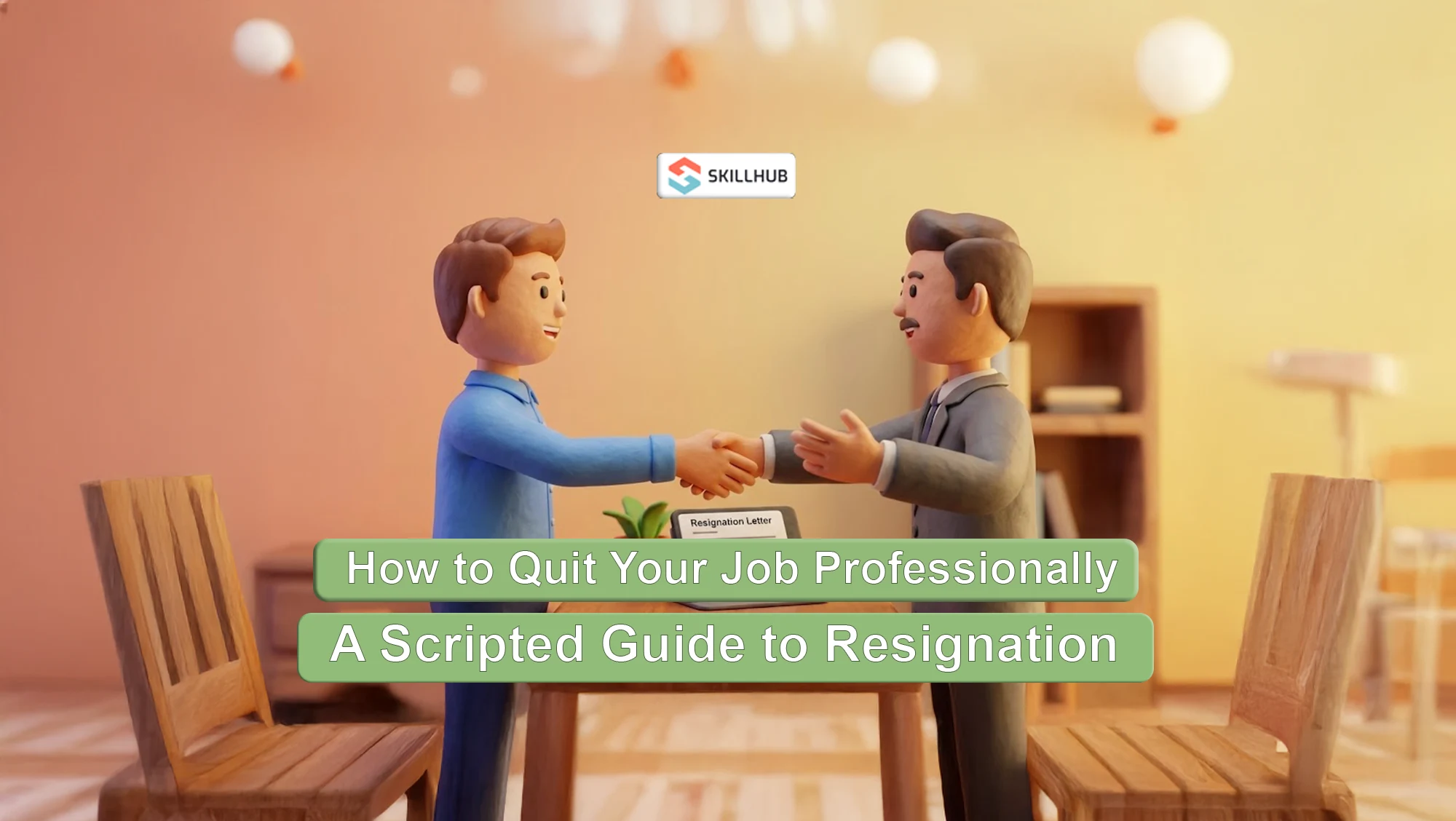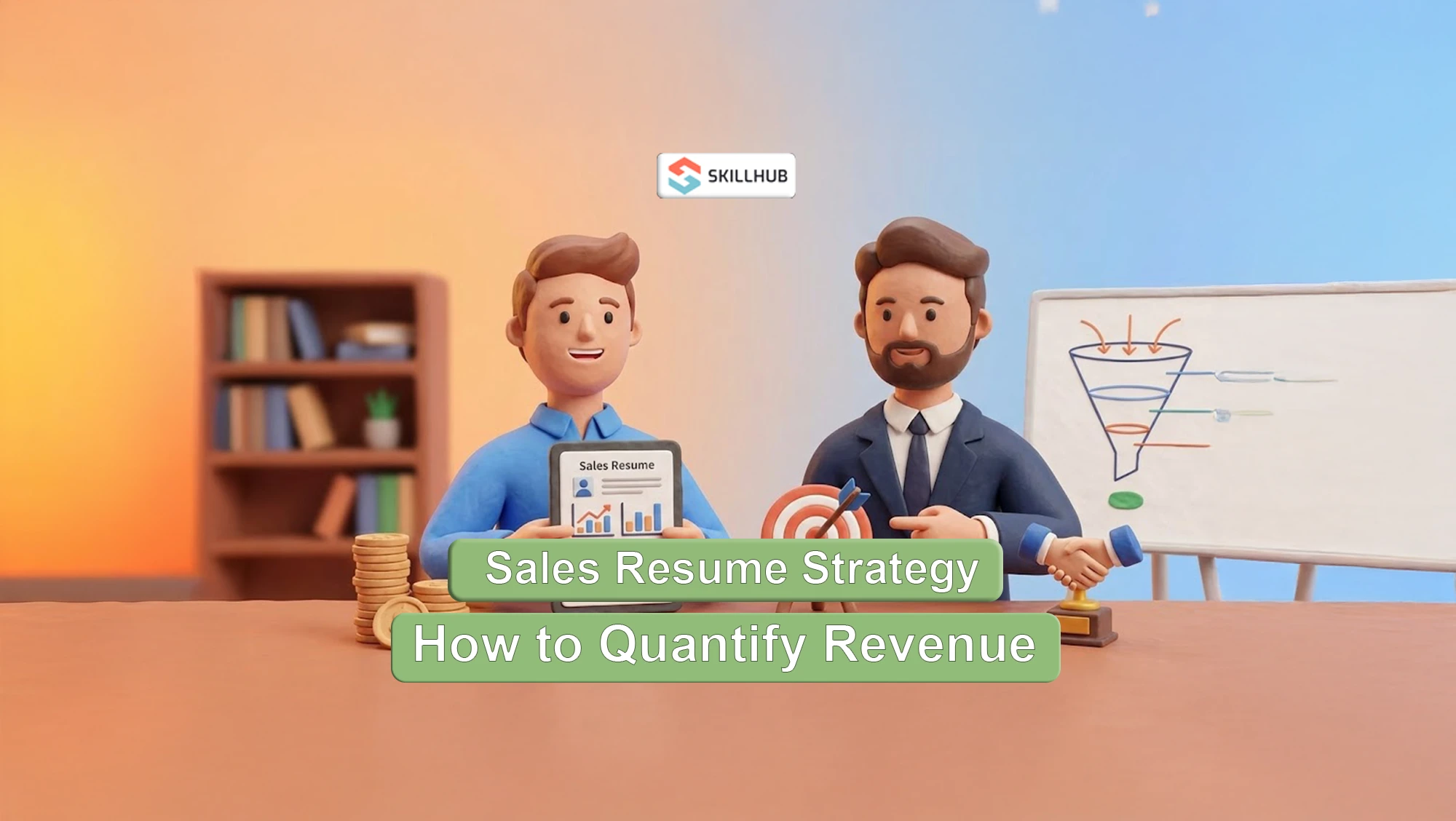The Ultimate Guide to ATS Optimization: How to Beat the Algorithm (Taleo, Workday, Greenhouse)

The contemporary job application process, a sequence of events governing access to high-value roles, is no longer a simple communication between a candidate and a recruiter. It is, unequivocally, a complex, high-stakes negotiation executed entirely with a piece of sophisticated, non-sentient machinery: the Applicant Tracking System (ATS). These software programs, relentlessly deployed by over 90% of large, market-leading corporations, including monolithic platforms like Taleo, Workday, and Greenhouse, function as the initial, utterly ruthless digital gatekeepers, systematically filtering out up to 75% of incoming applications before a qualified human being ever lays eyes on the document. This is, first and foremost, a technological battle you must win to compete.
Failure to meticulously engineer and optimize your resume for the ATS is not a minor setback; it is a guarantee of systematic, pre-emptive rejection. Your strategic approach, therefore, must immediately shift its core directive from writing a document designed merely to appeal to human sentiment, toward engineering a document that is flawlessly parsed, accurately categorized, and scored highly by an unforgiving algorithm. This comprehensive guide provides the critical, expert-level strategy required to ensure your high-value application is not unceremoniously discarded by the digital filtration layer. We will treat the ATS not as an inconvenience to be ignored, but as the first, non-negotiable step in the high-stakes corporate recruitment process.
The ATS Imperative: Understanding Why Your Unoptimized Resume Fails
ATS software is designed exclusively for efficiency, large-scale candidate triage, and the mitigation of time-consuming recruiting risks; its core function is to search, score, and numerically rank candidates based solely on keyword relevance and structural integrity. It is constitutionally incapable of reading nuance, inferring context, or appreciating a finely crafted professional brand. A human may genuinely value creative formatting, but the ATS views that visual complexity as fundamentally unreadable, often resulting in corrupted code.
The three primary, non-negotiable reasons an ATS will flag and reject your resume:
- Structural Failure (Parsing Error): The system utterly fails to read non-standard formats, custom or proprietary fonts, complex multi-column layouts, or intricate graphics, often resulting in a jumbled, text-dump block that is utterly incoherent.
- Keyword Mismatch (Relevance Score): The document demonstrates a critical absence of the specific, high-value vocabulary taken directly from the job description (JD), immediately leading to a low relevance score and automatic triage into the rejection queue.
- Syntactic Error (Context Misplacement): Crucial, scorable information such as your list of professional achievements or your core contact data is placed in a poorly tagged or incorrect section, making it impossible for the system to attribute the necessary score or parse the information into the candidate file.
7 Critical Steps to Achieving ATS Flawlessness: The Technical Audit
Achieving ATS compatibility is a precise, surgical, and intensely technical process. It demands absolute adherence to strict formatting guidelines and strategically precise keyword deployment.
Step 1: Standardized Formatting and the Elimination of All Visual Noise
The single most pervasive mistake made by candidates is prioritizing outdated visual appeal over actual digital readability. The ATS demands simplicity; it demands predictability.
- Template Discipline: Utilize only ultra-clean, standardized, single-column templates. You must immediately purge complex graphical elements, embedded images, all multi-column layouts, text boxes, and proprietary, non-standard fonts; stick exclusively to tested, readable options (e.g., Arial, Calibri, Times New Roman). Avoid the common pitfalls seen in many Bad Resume Examples.
- The Header/Footer Ban: Avoid the pervasive mistake of placing any critical contact information or section titles within document headers or footers, as many legacy ATS platforms (especially older versions of Taleo) cannot reliably parse this data. Your essential contact information, including your full name and one professional phone number, must reside strictly in the main, editable body text at the document's top.
- Simple Headings: You must use only universally recognized, standard headings: Summary, Experience, Skills, and Education. Avoid all attempts at cleverness or proprietary titles like My Leadership Journey or Professional Achievements Overview these simply confuse the machine, leading to parsing failure.
"The Applicant Tracking System is utterly and completely blind to graphic design flair. Its function is to convert your entire document into a simple, unformatted plain text file for data extraction. If your resume looks aesthetically beautiful but immediately loses all structural coherence in a standard text editor, it will be discarded. You must prioritize machine readability over human aesthetics, every single time."
Step 2: Ruthless Keyword Optimization and Exact Matching Fidelity
This is the relevance scoring phase, the most critical element of the machine’s judgment. The ATS is actively searching for an exact, verifiable match between the vocabulary of the job description (JD) and the content of your document.
- JD Dissection: Treat the job description as your singular, primary, and non-negotiable keyword source. Copy the specific skill names, technical certifications, and core responsibilities used in the JD precisely.
- Vocabulary Fidelity: If the JD explicitly uses the term "SEO Strategy Implementation," your document must contain that exact phrase. Do not attempt to paraphrase it as "search engine optimization execution," as this is a score miss.
- Hard Skills Deployment: You must create a prominent, dedicated Skills section where you list technical proficiencies directly and clearly, ensuring the keywords are separated by commas or simple semicolons for the easiest possible parsing. This is the fastest, most reliable method to instantly boost your relevance score.
Step 3: Strategic Integration of Acronyms and Technical Language
ATS systems are frequently programmed to search for both the acronym and the full written name of a highly technical skill or piece of technology.
- Acronym Protocol: When listing a technical skill for the first time, you must include both the full name and the acronym upon its initial mention (e.g., "Customer Relationship Management (CRM)"); thereafter, you can use the acronym consistently, assuming it is universally known.
- Technical Skills: Ensure your document reflects the in-demand computer skills that are demonstrably relevant to the specific role. For instance, an application for a C-suite financial role must list "Excel VBA Scripting" and "Advanced Financial Modeling" directly within the text.
Step 4: Mastering the Power of Action Verbs and Quantifiable Results
Once the ATS has determined your baseline keyword relevance, it passes your file to a human recruiter who requires immediate, visual proof of impact. Your bullet points must be meticulously engineered to bridge the gap between machine scoring and human decision-making.
- Action Verb Focus: Every single bullet point under your Experience section must initiate with Powerful Action Words. Verbs like Spearheaded, Orchestrated, Designed, Reduced, Increased are mandatory requirements for high-scoring impact.
- The Result, Not the Duty: Do not, under any circumstance, describe what you did; you must instead describe what demonstrably changed as a result of your specific, individual actions.
Step 5: The "White Font Section" and Other Algorithmic Cheats
The archaic concept of a "white font section" hiding a block of irrelevant keywords using white text is an outdated, extremely dangerous myth. Modern ATS systems and sophisticated AI detection tools will flag this tactic as keyword stuffing and fraud. This immediately triggers a technical disqualification from the system. Do not attempt to cheat the algorithm; your strategy must be built on genuine, scorable skill matching.
Step 6: Strategic Placement of Education and Certifications
The ATS utilizes the Education section to filter candidates based on non-negotiable academic requirements. This data must be easy to parse.
- List Clearly: You must avoid abbreviations for university names. Write out the full name of the institution and the degree clearly (e.g., "Master of Science in Financial Engineering, New York University").
- Certifications: Create a prominent, dedicated sub-section for relevant professional certifications (e.g., CFA, PMP). This helps the ATS score you highly against specific compliance requirements.
Step 7: Final File Type and Submission Protocol (The Last Barrier)
The final submission protocol is the last technical barrier before your file is processed into the database.
- File Type Priority: Always, without exception, submit a resume as a .docx file, unless the application interface explicitly mandates a .pdf. The .docx format is the most reliable for parsing by the vast majority of legacy ATS systems. PDFs, while visually stable, are often misinterpreted during the data-extraction phase.
- The Plain Text Audit: Before final submission, you must perform a mandatory audit: copy and paste the entire text of your resume into a plain text editor (like Notepad or TextEdit). If the formatting or the critical scorable information breaks, the ATS will break. You must fix all structural errors before sending.
The Technical Barrier: Why Self-Optimization Is a Financial Hazard
Achieving genuine ATS flawlessness is not a matter of simply "adding a few keywords." It requires an ATS Resume Checker or the specialized expertise of a technical writer who profoundly understands the unique parsing logic of all major platforms Taleo, Workday, and Greenhouse. Within modern talent acquisition strategies, you must be able to audit your document against these diverse systems, a capability few candidates possess.
The core, persistent problem for most high-value candidates is that they cannot objectively and technically audit their own document for compliance. You are risking the immediate, unjustified rejection of a potentially high-value application due to a simple, easily fixed technical error. This is a financial hazard that must be mitigated.
Can you guarantee, without reservation, that your resume will successfully pass the parsing logic, be categorized correctly, and score highly on keyword relevance for the exact ATS used by your target company?
Guaranteed ATS Compatibility: Hire Our Technical Resume Experts immediately. Our team provides an ATS-specific audit and meticulously rewrites your document for technical perfection and structural integrity, ensuring you move flawlessly past the algorithmic gatekeeper and directly into the human recruiter's review queue. This is a non-negotiable investment in your visibility.
Conclusion: The Algorithmic Gatekeeper is Here to Stay
The Applicant Tracking System is a permanent, pervasive feature of modern, high-volume recruiting, especially in competitive sectors. Your fundamental ability to secure an interview is now directly dependent on your capacity to flawlessly satisfy its algorithmic demands. By adhering to a rigorous, technically sound optimization strategy, you strategically move your application from the systematic discard pile into the high-priority queue. This is why investing in professional resume writing services has become a critical step for serious job seekers.
%20(1).png)



%20(1).webp)